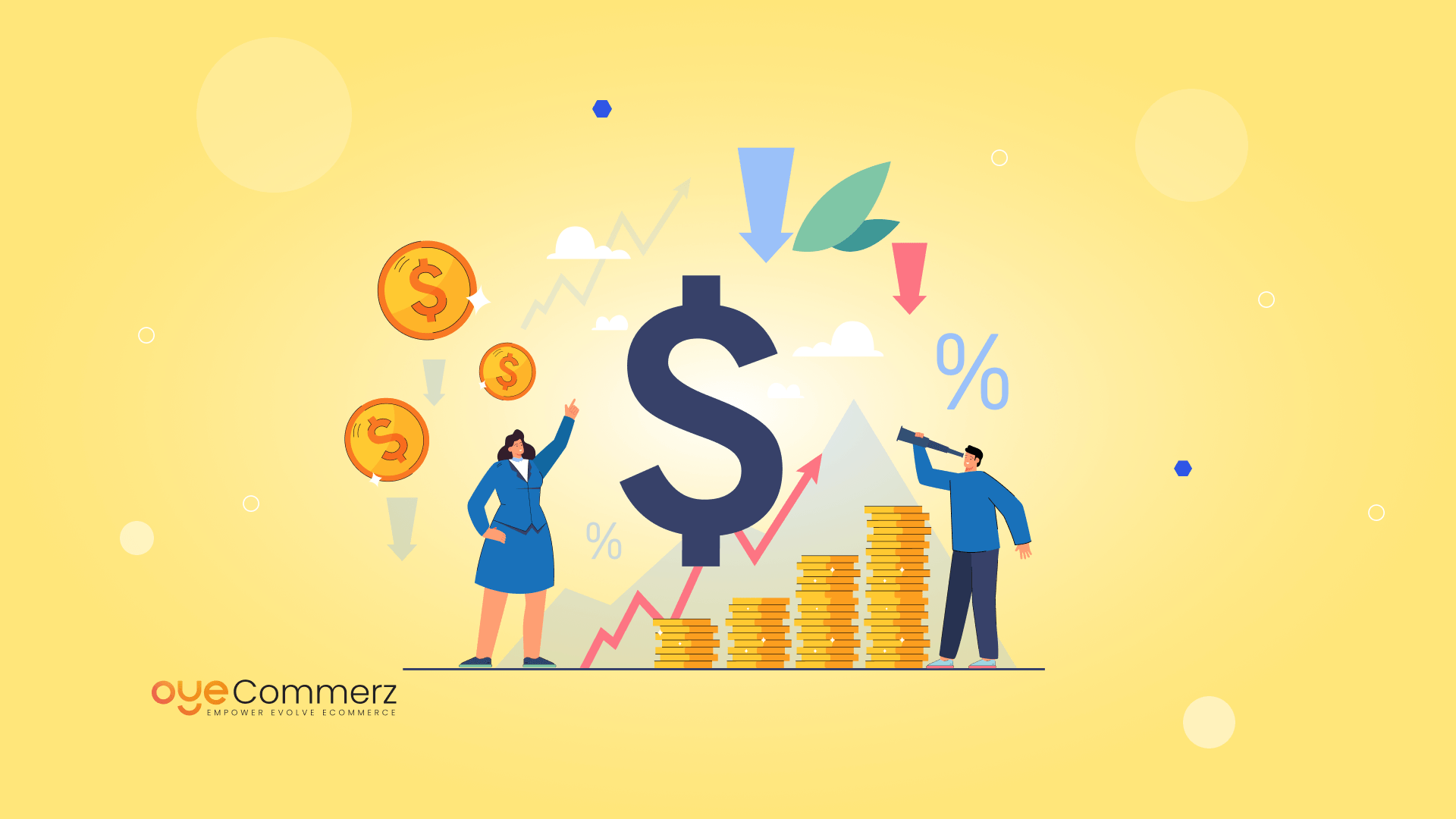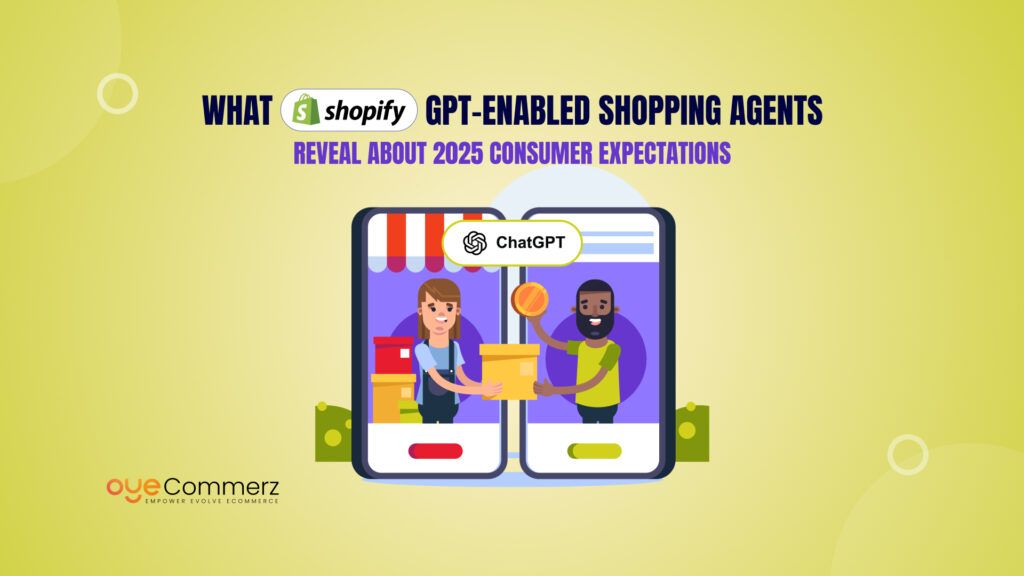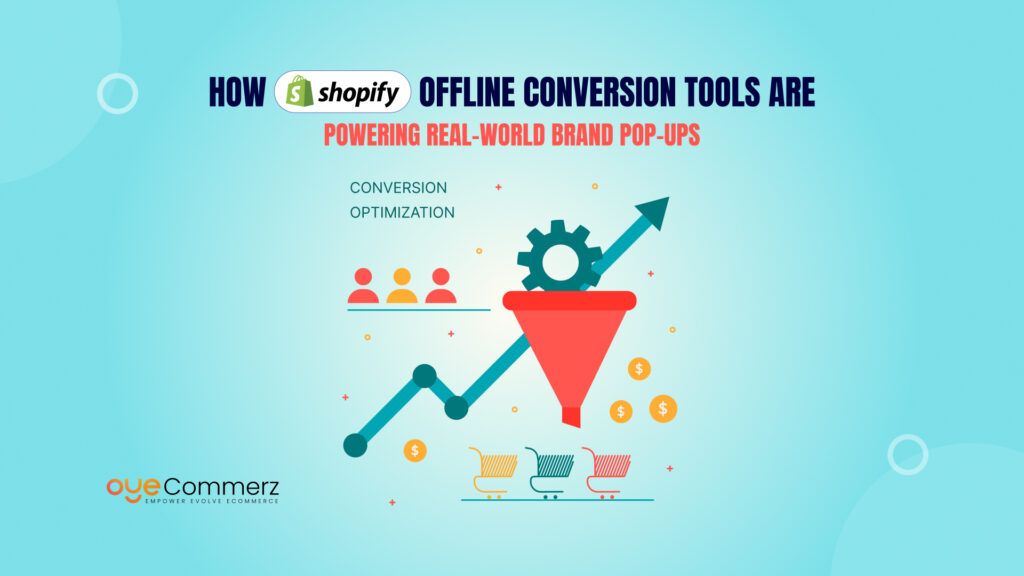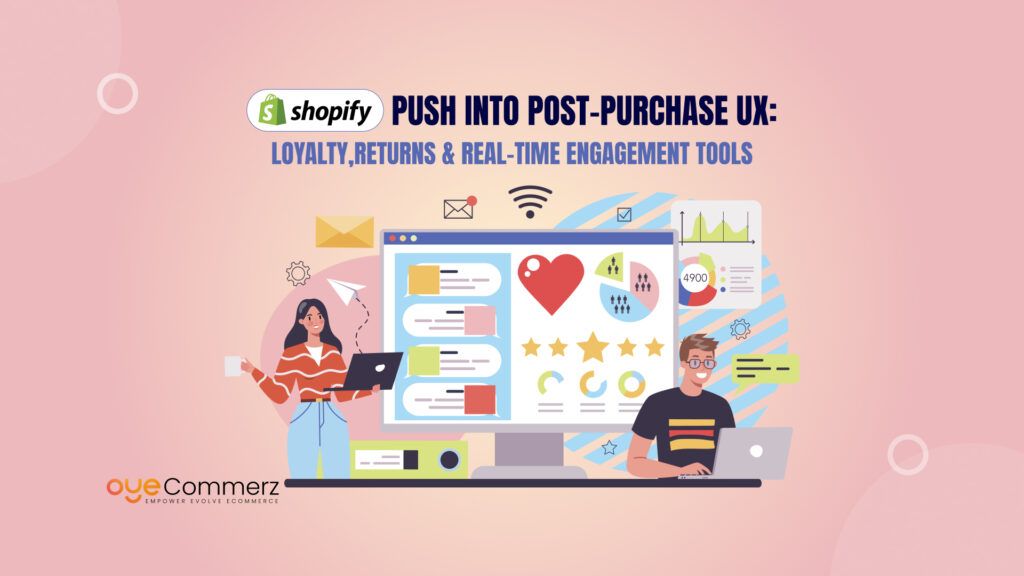Marketing is the lifeblood of any successful e-commerce business, and while this is common knowledge, many Shopify store owners find it challenging to pinpoint the cost-efficient Shopify marketing strategies that will deliver the best results. While Shopify excels at providing tools for store design, creation, and launch, driving traffic and converting visitors into customers requires a well-thought-out plan and a carefully allocated budget.
However, marketing costs can often feel unpredictable, with expenses potentially rising quickly if not managed effectively. In this post, we’ll explore the real cost of Shopify marketing on Shopify, identify the key factors that influence these expenses, and offer tips on how to implement cost-efficient Shopify marketing strategies to maximize your ROI.
Table of Contents
ToggleUnderstanding Shopify Marketing Expenses
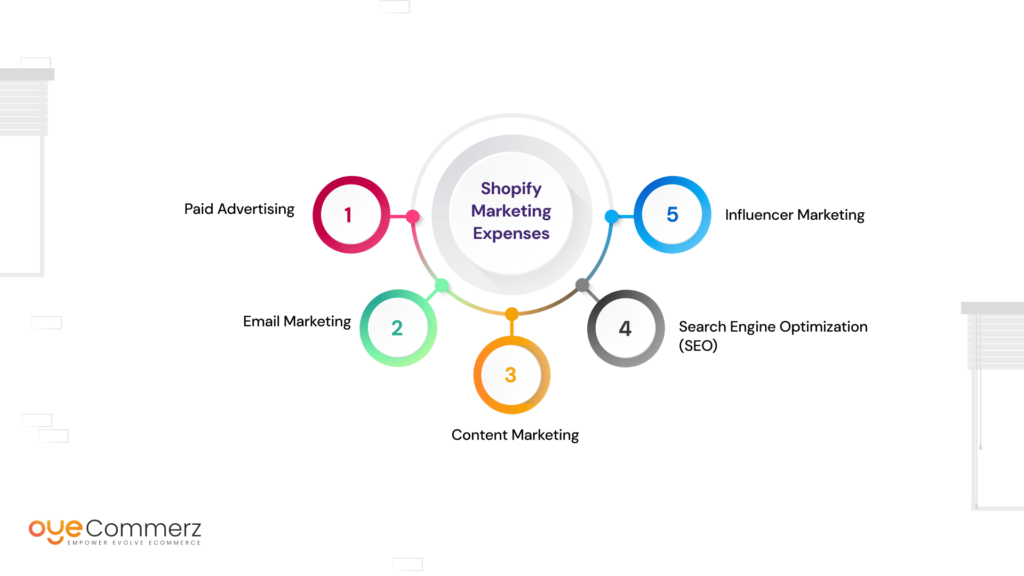
Marketing your Shopify store today involves several levers and components, which will cost you. A portion of costs are known beforehand, the other portion depends on the scale of your store, the target audience, and the selected platforms to reach it. The following are the main categories of Shopify marketing costs:
Paid Advertising
The use of internet advertisements that can be published on Google, Facebook, and Instagram accounts, as well as in Tik Tok are among the most effective in leading clients to the store. For instance, the average CPC for e-commerce stores on Google Ads saw a 15% increase in 2023, with highly competitive industries like fashion having a CPC of $2.50 or more, compared to the e-commerce average of $0.88.
Email Marketing
The use of e-mail marketing is pivotal for developing a bond with the customers and making them buy more of the product. Unfortunately, some of the most popular and basic email marketing services available today have different free options; however, business entities require more advanced options that are paid per month.
Content Marketing
Writing content for the blog, video making, or even for social media platforms can be done internally or through hiring independent writers or media production companies. While in the long run, content marketing possesses the advantage of being rather cheaper than other forms of marketing, it cannot be so actively implemented if one is not willing to invest a good amount of money for its constant quality.
Search Engine Optimization (SEO)
Marketing to the right audience is critical when done organically since it attracts traffic toward the store; however, it involves consulting an SEO expert or using other expensive tools such as SEMrush or Ahrefs.
Influencer Marketing
Influencer marketing is very effective in improving brand awareness and credibility; nevertheless, the expenditure of influencer marketing varies by the popularity and following of the influencer, making it one of the most expensive categories of marketing expenses.
Shopify Apps and Plugins: Almost every Shopify store owner uses marketing apps for retargeting or automation or, at least, tracking analytics. Most of these apps have monthly subscriptions that are additional costs on your marketing budget.
Key Factors Influencing Shopify Marketing Expenses
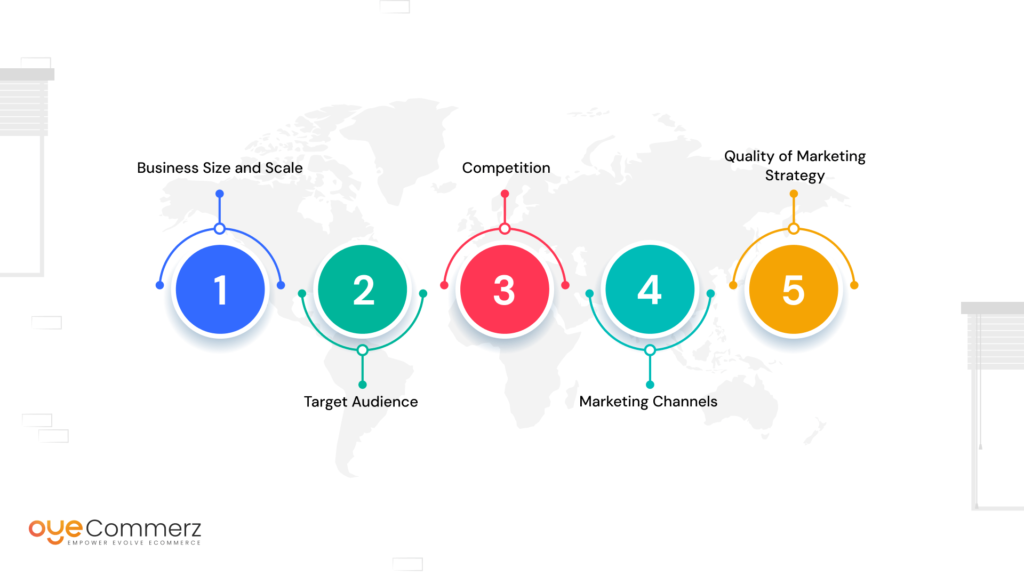
The cost of marketing your store on Shopify depends on some factors as explained below and by analyzing these factors; you can be in a better position to devise a marketing budget that suits you best.
Business Size and Scale
This means that bigger organizations with greater revenue goals will have more significant advertising budgets. Independent stores especially those newly established will have to allocate their funds focusing on the areas which will give them more for their money without putting much into it.
Target Audience
Another factor that is considered when it comes to marketing cost is the kind of target group that has to be reached. For particular and special groups of people, the advertising may have to be costly, hence specific, while for the general public, the advertising might be cheaper but not very strategic.
Competition
The level of competition in your market determines how much you are going to spend on your paid ads. Many highly competitive niches such as fashion, electronics, etc., are known to have much higher ad rates with a focus on keywords or those sites that are most frequently viewed by netizens.
Marketing Channels
Marketing channels also have an impact on cost since the channels you select to advertise your store add to the expenses. Leveraging Shopify marketing tools to accelerate your store’s growth can simplify the process of managing different marketing channels and ensure you’re spending effectively, whether on paid ads or organic strategies.
Quality of Marketing Strategy
Marketing intensity can be determined by the quality and efficiency of your marketing strategy and will determine how much you spend. This means that a well-optimized campaign can be cheaper than the other because it is efficient in getting higher conversion rates than the other ill-devised strategy might use up all the ad money put into it but get little or no result.
Cost of Shopify Marketing – A Brief
Any marketer needs to have proper knowledge of various costs that can be attributed to the marketing of the Shopify store. While the total expenses can vary greatly based on factors like your target audience, business size, and marketing channels, the following is a breakdown of common costs across different Shopify marketing strategies:
| Marketing Strategy | Estimated Monthly Cost Range | Notes |
|---|---|---|
| Paid Advertising (Google, Facebook, etc.) | $500 - $5,000+ | Cost varies based on industry, audience, and ad quality. Highly competitive industries like fashion and electronics often have higher ad costs. |
| Cost-Per-Click (CPC) on Google Ads | $1 - $2 (General) $50+ (Competitive Keywords) | CPC can rise significantly for highly competitive keywords. Monitor campaigns to avoid excessive spending. |
| Cost-Per-Click (CPC) on Facebook Ads | $0.94 (Average) | Facebook ads are more affordable but require regular content updates and creative testing for optimal results. |
| Email Marketing (Platforms like Mailchimp, Klaviyo) | $75 - $200 | Pricing depends on the size of your subscriber list. Advanced features and automation are often part of premium plans. |
| SEO Services (Agency or Freelancers) | $500 - $5,000+ | SEO requires ongoing investment in content optimization and backlinks. Professionals can provide better rankings at a higher cost. |
| SEO Tools (SEMrush, Ahrefs) | $100 - $300 | Premium SEO tools help analyze and optimize your store but come with recurring fees. |
| Influencer Marketing | $50 - $500 (Micro) $1,000 - $10,000+ (Macro) | Cost depends on the influencer's audience size and reach. Niche influencers may offer better engagement for certain brands at a lower cost. |
| Shopify Marketing Apps (Email, SMS, Retargeting, etc.) | $20 - $100+ | Many essential apps come with monthly fees. Be cautious about subscription overload. |
Hidden Costs in Shopify Marketing: What to Watch Out For
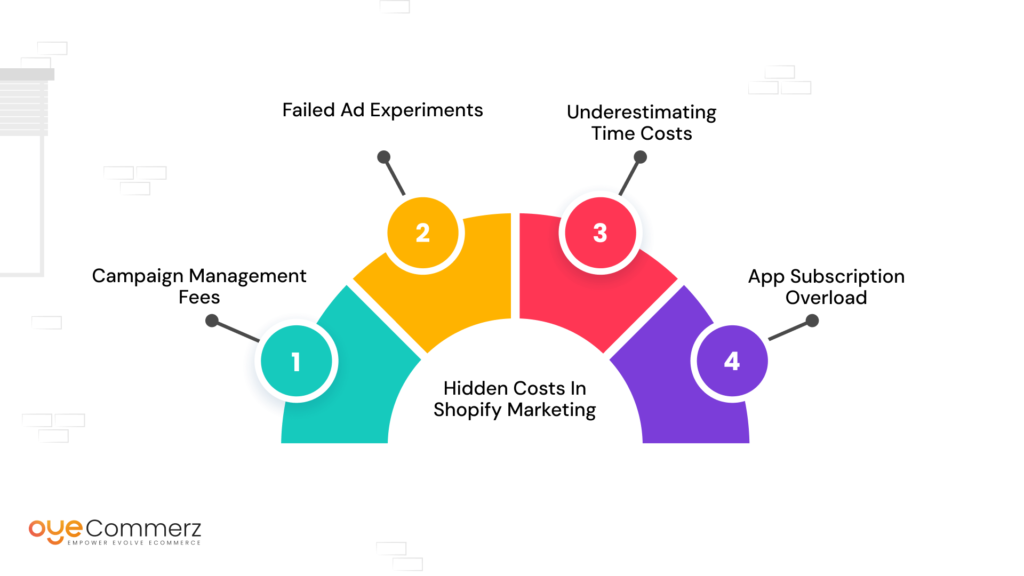
Some of the costs associated with marketing through Shopify are easy to predict, others are less obvious but can have a major effect on your profitability.
Campaign Management Fees: In case your campaign is managed by a third-party digital marketing agency, the expenses for creating, running, and fine-tuning your ads are to be included. Such fees are normally a portion of the money you intend to invest in advertisement hence can be quite expensive.
Failed Ad Experiments: Some of the paid promotional budgets could be used to experiment with some of the strategies that you come up with, and in the process, you may end up wasting a lot of money when the campaigns do not deliver as anticipated. This is even more so when the business is entirely unfamiliar with online marketing platforms such as Facebook Ads or Google Ads.
Underestimating Time Costs: Marketing takes a lot of time especially when one is dealing with organic channels such as blog posts or social media platforms. If you do your marketing on your own then this should also be included in the cost since time spent on doing this erodes the time available to do other business activities.
App Subscription Overload: A lot of people running Shopify stores fail to take the monthly cost of many an app into account. In the long run the expenses of marketing by having to pay for every single app can become very costly in comparison to what it can deliver.
Many Shopify store owners fall prey to unexpected costs such as failed ad experiments or inefficient marketing apps. Partnering with a Shopify Digital Marketing Agency boosts sales while providing clarity on expenses, ensuring you avoid common pitfalls that drain your budget.
Planning Your Shopify Marketing Budget for Success
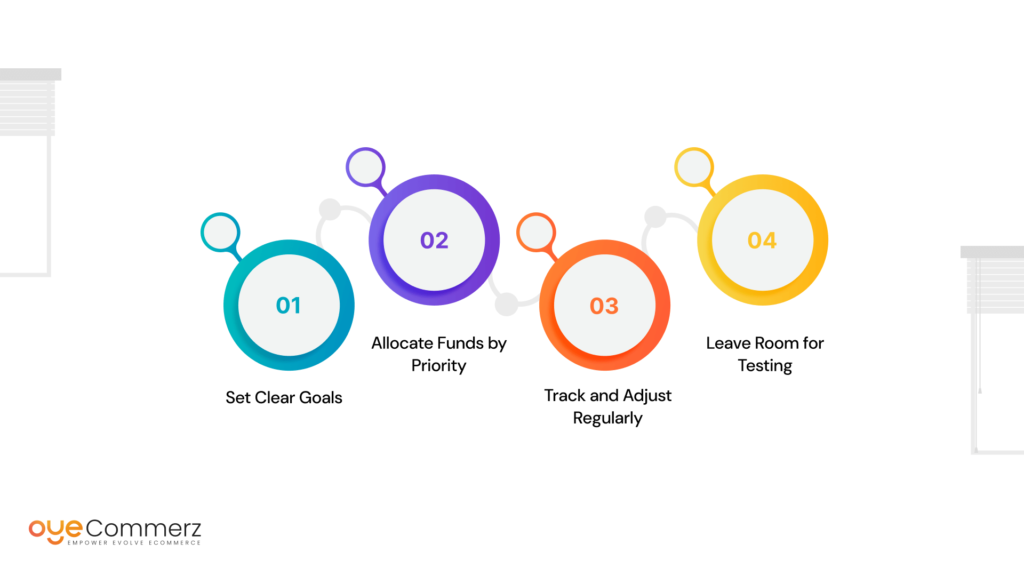
According to experts’ opinions and research, it’s very important to make good budgeting strategies to make sure that your Shopify marketing plans will not bring more losses than they will generate profits. Here are some steps to help you create a marketing budget that aligns with your business goals:
- Set Clear Goals: Determine the goal of your marketing initiatives—whether it’s to drive traffic, boost conversion, or repeat purchases. Crafting budgets should therefore own up to these goals.
- Allocate Funds by Priority: It’s important to bear in mind that all marketing communications are not the same and that different approaches will deliver different levels of results. For that reason, allocate most of your budget toward the channels that generate the highest ROI for your company. That is, if more sales can be generated from email marketing than through paid advertising, then, more resources can be allocated to this area.
- Track and Adjust Regularly: One should also track the performance of his/her marketing campaigns effectively. Customers’ behavior can be analyzed using analytics tools to figure out which of the tactics are effective and which ones require modification. Flexible budgeting helps to take the good marketing strategies and amplify them as well as reduce the bad marketing strategies.
- Leave Room for Testing: Marketing experiments are always a good thing and should be conducted but always ensure that you set aside some cash for it. Use an appropriate amount of overall campaign money (for example, 10-20 percent) on experimental projects with which you can safely try out new social platforms, tools, and audiences without jeopardizing your main marketing initiatives.
For more tips on crafting a winning marketing strategy, refer to our Guide to Achieving High ROI, which provides expert insights on how to align your budget with your business goals for maximum profitability.
Boost Your Shopify Store Growth with OyeCommerz!
We specialize in Shopify integration and marketing solutions designed to optimize every dollar you spend. Whether you’re looking to streamline paid advertising, enhance SEO, or leverage influencer partnerships, our expert team ensures your investment drives real results. Don’t let hidden costs derail your success, partner with OyeCommerz Shopify Marketing Agency to gain complete transparency and actionable insights into your Shopify marketing expenses.
Contact OyeCommerz today and let’s maximize your ROI!
Contact to Migrate your Site to Shopify Now
Conclusion
It’s crucial to assess the real costs associated with marketing on Shopify to ensure your store remains profitable. From paid ads and SEO to influencer collaborations and email campaigns, expenses can vary based on your business size, target audience, and chosen marketing channels. By implementing budget-friendly Shopify marketing strategies, you can make the most of your marketing spend, avoid unexpected costs, and continuously monitor campaign performance. This approach ensures that every dollar spent contributes to the steady growth and success of your Shopify store.

